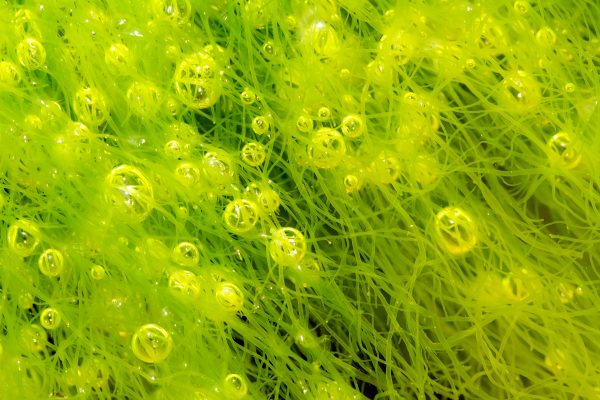Astronauts on the International Space Station will begin testing an innovative algae-powered bioreactor to assess its feasibility for future long-duration space missions.
The algae-powered bioreactor, called the Photobioreactor, represents a major step toward creating a closed-loop life-support system, which could one day sustain astronauts without cargo resupply missions from Earth. This will be particularly important for future long-duration missions to the moon or Mars, which require more supplies than a spacecraft can carry, according to a statement from the German Aerospace Center (DLR).
The Photobioreactor arrived at the space station Monday (May 6) on a SpaceX Dragon cargo ship. The experiment is designed to use algae to convert the carbon dioxide exhaled by astronauts on the space station into oxygen and edible biomass through photosynthesis.
The Photobioreactor is expected to work in conjunction with the physicochemical air-recycling system, or Advanced Closed-Loop System (ACLS), which was delivered to the space station in 2018. The ACLS extracts methane and water from the carbon dioxide in the space station cabin. In turn, the algae in the Photobioreactor will use the remaining carbon dioxide to generate oxygen, creating a hybrid solution formally known as PBR@ACLS, according to the statement.



